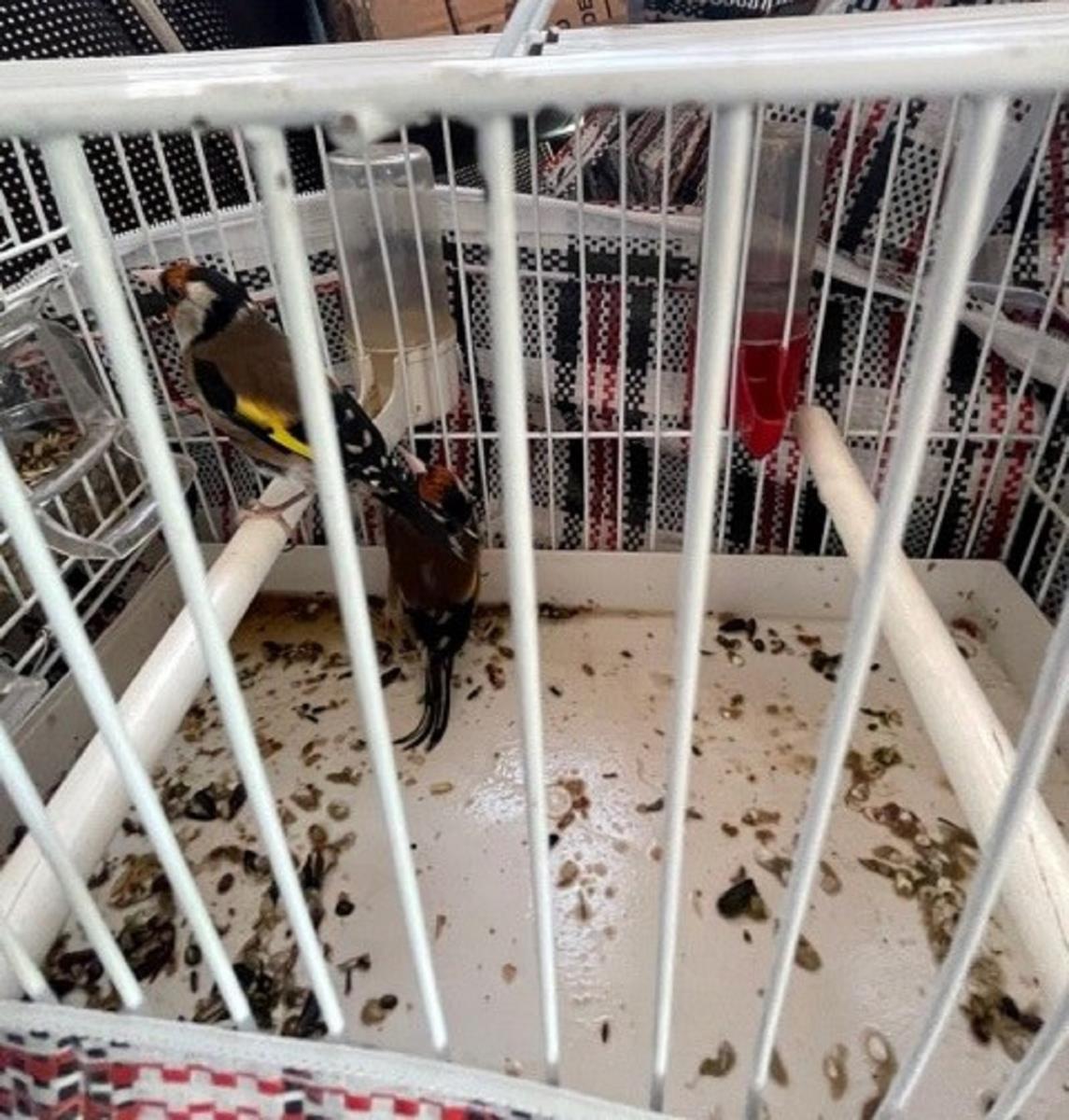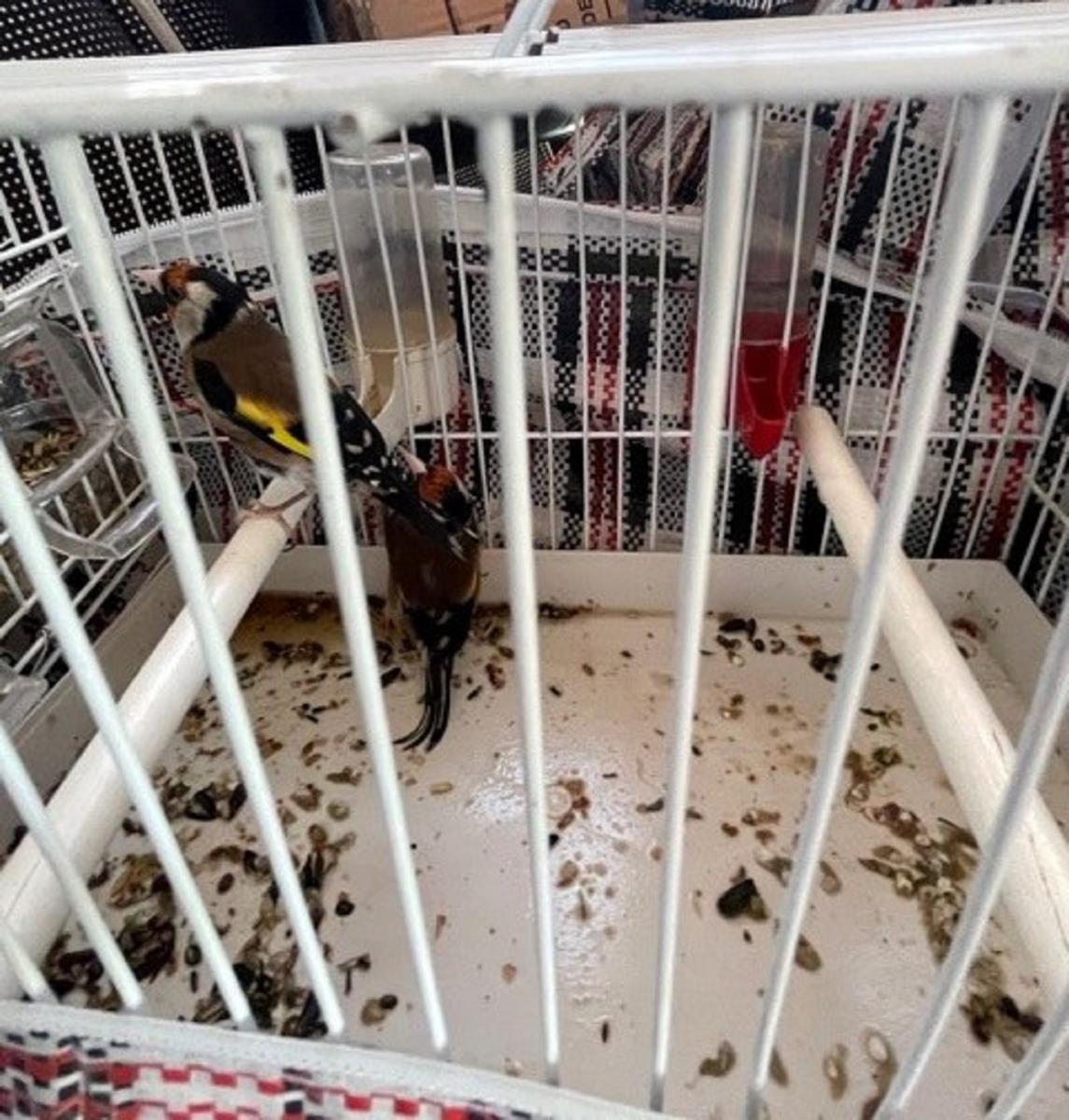Indonesia and the Illegal Bird Trade: Who’s to Blame and Why Is This Still Happening?
Did you know that Indonesian authorities recently seized a staggering 1,200 birds belonging to endangered species? Yes, you read that right – over a thousand birds fell victim to ruthless and illegal trade! But who’s responsible? And why is this still happening in the 21st century?
What Happened?
On one of Indonesia’s remote islands, Flores, officials found eight cages full of birds, many of which were endangered species. These birds were destined to be transported by ferry to Surabaya, a city on the island of Java. Unfortunately, some birds didn’t survive the journey, highlighting the cruelty of this illegal trade.
Who Are These Birds?
A small yellow-green bird with a white ring around its eyes, part of the seized group, is listed as endangered by the International Union for Conservation of Nature. Indonesia is known for its rich but vulnerable wildlife, and poaching and illegal animal trade are major reasons why many species, like the Sumatran elephant and orangutan, are slowly disappearing.
What Are the Penalties?
Indonesian laws are strict – poaching or trading protected animal species can lead to up to 15 years in prison. Yet, the suspect in this case has not been found, casting doubt on law enforcement effectiveness.
Why Does This Matter?
Illegal wildlife trade isn’t just an Indonesian problem. It’s a global disaster destroying ecosystems and driving species to extinction. Every seizure like this is a small step toward saving nature, but the question remains: how many more birds and animals will suffer before we take this seriously?
What Can We Learn?
This story reminds us that nature is fragile and it’s our responsibility to protect it. If we don’t act now, it might be too late for many species we take for granted today.
So, what do you think? Did you know about the scale of illegal trade like this? Or do you think it’s just a drop in the ocean? Drop a comment, share your thoughts, and let’s figure out how to help nature survive together!



















